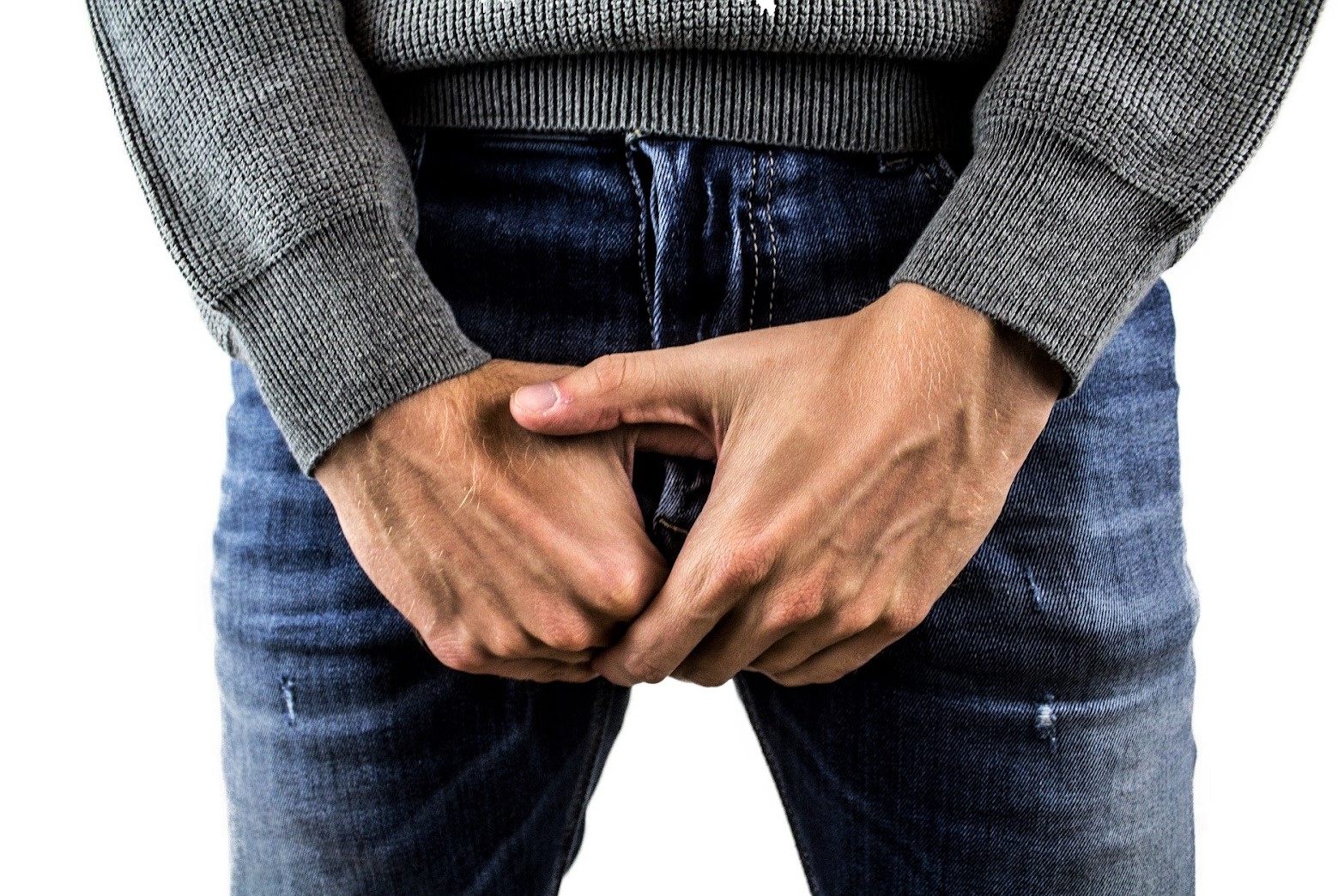
Varicocele: what is it and what are the symptoms?
About 15% of the adult male population (one in every 8 men) suffers from varicocele, one of the most frequent diseases of the male reproductive system
Varicocele: an abnormal swelling of the testicle veins
When we talk about varicocele, one of the most common diseases of the male reproductive system, we mean an abnormal swelling of the veins of the testicle, caused by a pathological reflux of blood from the left renal vein to the testicle.
The reflux causes an increase in pressure in the veins of the spermatic cord and their dilation, and raises the temperature inside the scrotal bursa.
Normally, a temperature slightly lower than the internal temperature is essential for the proper functioning of the testicles, as the testicles are located in a sac outside the abdomen (scrotum).
Large varicose veins in the scrotum act like a “radiator” and can cause a reduction in the number and quality of spermatozoa, thus compromising male fertility.
Varicoceles occur mainly during puberty and affect the left testicle in 95% of cases.
How does a varicocele manifest itself?
The disease is usually asymptomatic, but may manifest itself as a feeling of heaviness in the area, especially after physical activity.
Other symptoms attributable to varicocele may be: pain in the affected testicle, increased dilation of the veins – which become palpable and visible – at testicular level, lowering of the affected testicle compared to the other.
Diagnosis of varicocele
To diagnose a varicocele, an examination by a specialist is essential.
Examinations that may be required include a testicular ultrasound with doppler of the spermatic vessels to determine the extent of reflux and a spermiogram to estimate a possible decrease in fertility.
It is essential that varicocele be diagnosed early to avoid compromising the fertility and health of the affected testicle, as young people are having children later than they did a few decades ago and problems may increase.
Treatment options
Various surgical and radiological techniques can be used to correct a varicocele.
The operation consists of a small sub-inguinal incision, through which the varicose veins are exteriorized and sclerotised anterograde (i.e. from the bottom to the top).
The procedure is painless and can be performed either under local anaesthesia or deep sedation.
Compared to other techniques, this procedure reduces the risk of recurrence and shortens operating time (10-15 minutes), hospital stay (2 hours), and physical recovery (2 days to return to work, 7 days for heavy physical activity).
Read Also:
Men Fertility – The Solution Can Be Found In The Amino Acids
Bladder Cancer: Symptoms And Risk Factors


